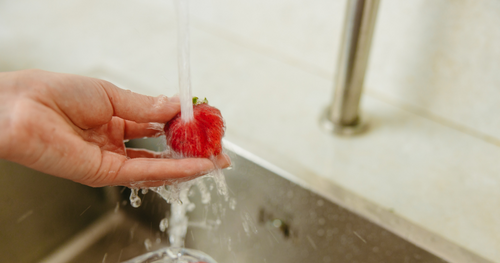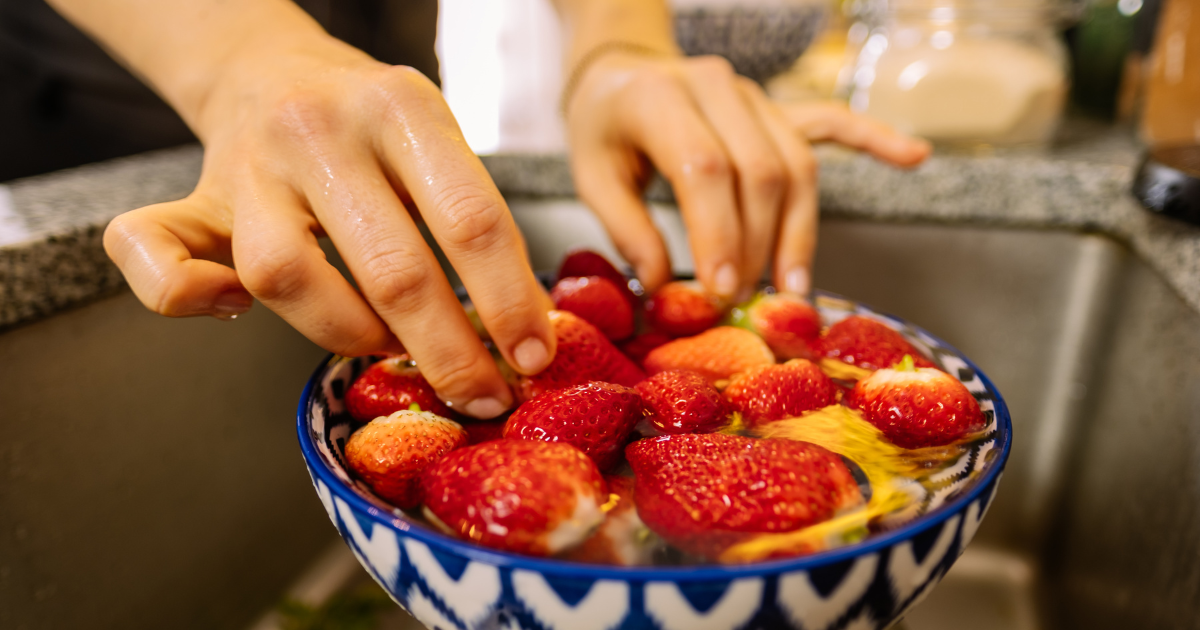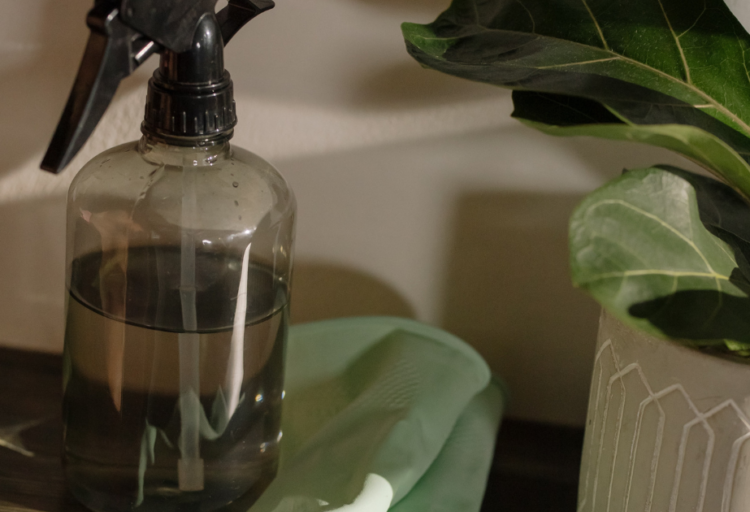Strawberries are a type of berry that is unique in flavor and color. While many people may be accustomed to the vibrant red color, they also come in other colors. Don’t be alarmed if you come across white or yellow strawberries while doing your grocery runs. Regardless of the color, strawberries have numerous health benefits, serving as a source of minerals and vitamins. So, how do you reap these benefits without being exposed to harmful pathogens? Keep reading to find out how to clean strawberries with salt and why it may be effective.
Fruits are handled by different individuals, such as farmers and distributors before landing in your favorite supermarket. Even if you shop locally, your fruits have likely passed through various hands before landing in yours. Therefore, it is always a good idea to properly clean your fruits before consumption. Most people rinse their fruits with plain water, which is a good practice. However, if you want to go a step further to remove contaminants, this article is perfect for learning how to clean strawberries with salt.
Is cleaning strawberries with salt water effective?
You can clean your fruits with produce wash, so why bother washing strawberries with salt? Aside from produce wash not being recommended by the FDA, salt water is effective in killing certain bacteria, and removing pesticides, and dirt. In addition, you already have salt in one of your kitchen cabinets, so there is no need to make additional purchases.
Some bacteria are less likely to survive in an environment with high salt, making salt a natural antibacterial agent. The idea behind using salt water is due to the mechanism of action of salt against bacteria. Once exposed to salt water, the salt removes moisture from the fruit through a process known as osmosis. The dehydration process kills certain bacteria present.
How to clean strawberries with salt water

You will need a bowl, water, and salt to achieve this. You may also add a cleaning brush, but that is optional. Follow the steps below for the best way to clean strawberries with salt.
1. Wash your hands before starting.
Hand washing is critical before handling food. This is not an exception, even if you will later introduce the strawberries to salt.
2. Start with a clean bowl large enough to contain a good amount of water.
The water should be cold or approximately at a similar temperature as your strawberries. This prevents the possible introduction of harmful pathogens into the crown (stem) of the strawberries.
3. Pour two (2) cups of cool water into your bowl.
Remember to follow the temperature suggestions as described in step 2.
4. Add two (2) tablespoons of salt.
You can use the table salt in your cabinet to clean your strawberries.
5. Stir the mixture & add the strawberries.
Mix the salt into the water enough to create a uniform solution, then add your strawberries.
6. Allow the strawberries to soak for approximately 30 minutes.
Put on your timer and let the saltwater do the work. By soaking, you are allowing enough contact time. In addition, the soak helps remove dirt between the achenes of strawberries.
7. Rinse off under cold water.
After removing your strawberries from the salt water, you can rinse them with running water. Some people may choose to use a gentle brush during this process, but it is a matter of preference.
8. Blot the strawberries & enjoy!
The final step of cleaning strawberries with salt is drying the fruit. After you’re done with step 7, simply pat dry the cleaned strawberries with a paper towel and enjoy.
Key points
Although strawberry washing in salt water is effective, it does not guarantee the removal of all bacteria. There are currently no cleaning techniques that remove all bacteria present in produce.
There are residues present on fruits that need to be removed, including dirt, bugs, and insecticides. Cleaning strawberries with salt reduces the chances of being exposed to those contaminants.
To reduce the risks of coming in contact with harmful microorganisms, wash your hands before handling fruits. In addition, you should only clean your strawberries when you are ready to eat them.





Leave a Reply